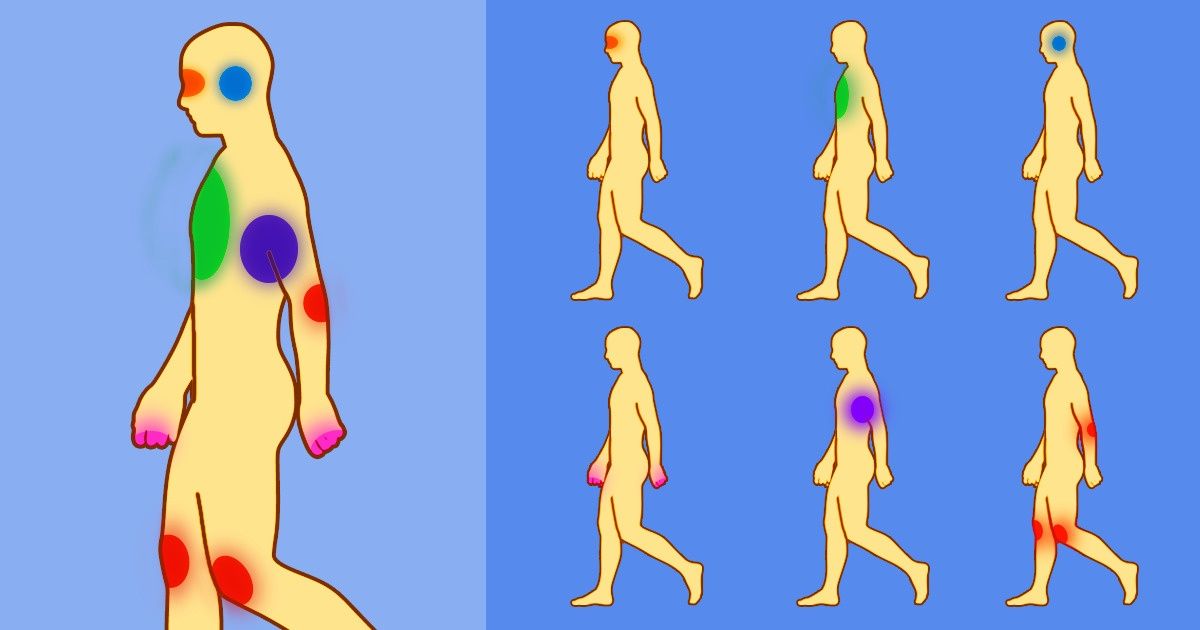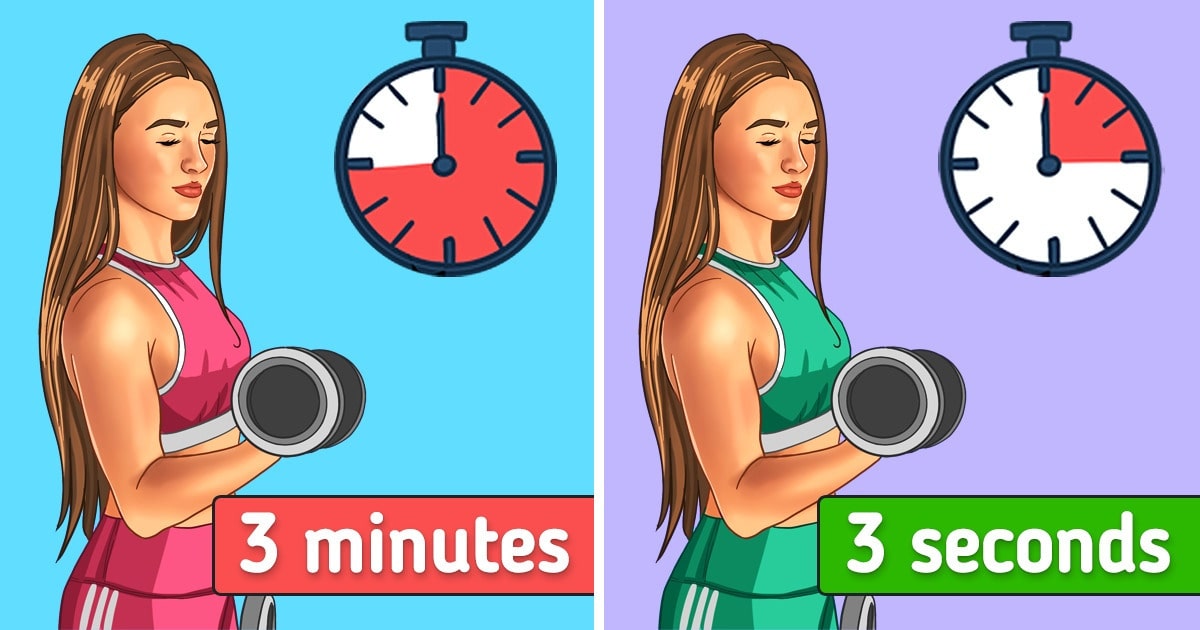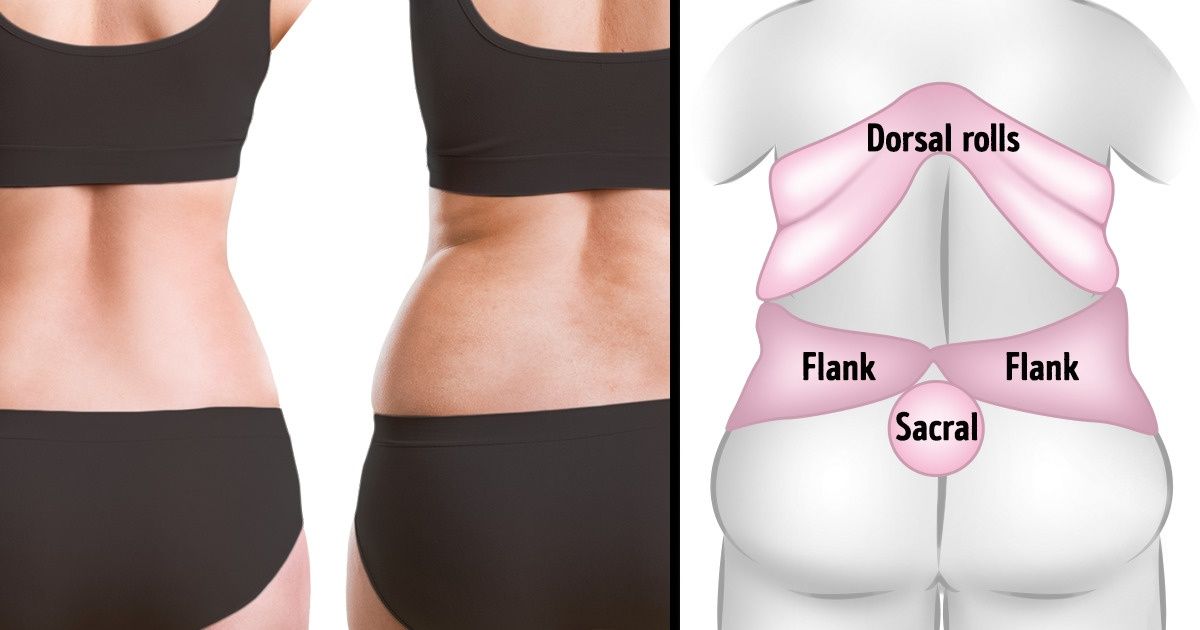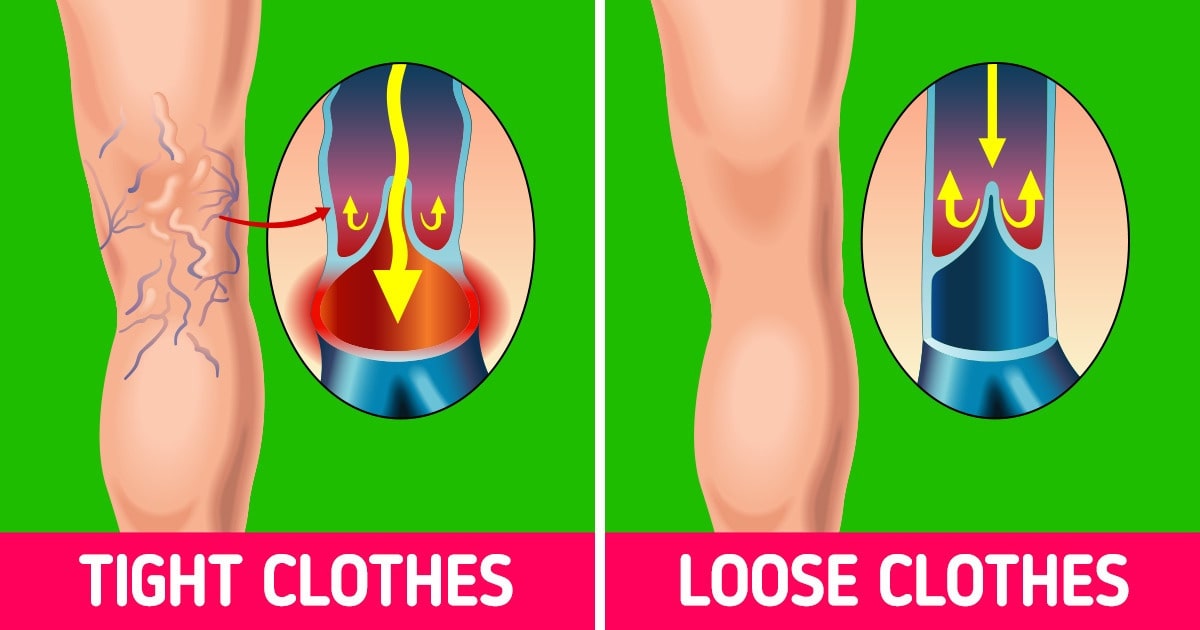In today’s fast-paced world, it’s common to equate financial success with happiness. However, recent scientific research suggests that exercise might be the key to boosting your mood—even more effectively than a substantial increase in income. In this comprehensive post, we explore how exercise contributes to happiness, backed by scientific findings and expert insights. We’ll also delve into the ideal amount of physical activity, discuss the psychological benefits of various sports, and introduce a simple yet effective 20-minute aerobic routine that can transform your life.
How Exercise Equates to a $25,000 Income Increase in Happiness

Scientific studies have increasingly demonstrated that the mental health benefits of exercise are profound. Researchers at institutions such as Harvard Medical School and the Mayo Clinic have found that regular physical activity not only improves physical health but also plays a critical role in boosting mood and mental well-being.
A study published in the Journal of Health Psychology concluded that even moderate levels of exercise can lead to significant increases in feelings of happiness and well-being. In fact, some researchers argue that the psychological benefits of exercise are comparable to the emotional boost provided by a sudden $25,000 raise. This phenomenon is primarily attributed to the release of endorphins—the body’s natural “feel-good” chemicals—that occur during physical activity.
Moreover, exercise reduces levels of stress hormones like cortisol, helping to stabilize mood and promote a sense of calm and satisfaction. By enhancing blood flow to the brain, regular exercise also supports cognitive function and can mitigate symptoms of anxiety and depression.

More Exercise Is Not Always Better: Finding the Right Balance
While the benefits of exercise are well-documented, it is important to note that more exercise is not always better. Overtraining or pushing your body beyond its limits can lead to negative outcomes such as fatigue, increased risk of injury, and even mental burnout. It is crucial to find a balance that fits your lifestyle and physical capacity.
Experts recommend a well-rounded approach that combines moderate aerobic activity, strength training, and flexibility exercises. The key is consistency rather than intensity. For example, engaging in moderate exercise five days a week can be more beneficial for your mental health than sporadic, high-intensity workouts.
Incorporating rest days into your exercise routine is essential. Recovery allows your body to heal and adapt, ensuring that you continue to reap the benefits of physical activity without burning out. Mindful practices such as yoga and meditation can complement your workout regimen, offering additional stress relief and mental clarity. For more insights on avoiding exercise burnout, check out articles on WebMD and Healthline.

Some Sports Make You Happier Than Others: Choosing the Right Activity
Not all forms of exercise yield the same mental health benefits. Different types of sports and physical activities have unique impacts on your mood and overall happiness. While the act of exercising is inherently beneficial, the social and environmental contexts in which you work out can significantly influence the outcome.
Team Sports vs. Solo Exercise:
Participating in team sports like soccer, basketball, or volleyball not only provides a vigorous workout but also fosters social connections and a sense of community. The camaraderie and collective spirit experienced during team sports can lead to higher levels of satisfaction and happiness. Research indicates that social interaction during physical activity is a key contributor to improved mood and reduced feelings of isolation.
Outdoor vs. Indoor Activities:
Exercising outdoors offers additional benefits, such as exposure to natural sunlight, which is known to boost vitamin D levels and enhance mood. Activities like hiking, cycling, and running in natural settings can elevate your mental state more effectively than indoor workouts. The natural scenery, fresh air, and even the natural sounds contribute to a sense of well-being and relaxation. For more on the benefits of outdoor exercise, refer to studies featured on NIH websites.
Mind-Body Practices:
Activities like yoga and tai chi combine physical movement with mindfulness and deep breathing. These exercises have been shown to reduce stress and anxiety while enhancing overall mood. The meditative aspect of these workouts encourages a deeper connection between the body and mind, resulting in a more profound sense of peace and contentment.

The 20-Minute Aerobic Routine for a Healthier, Happier You
For those pressed for time, a short, well-structured aerobic routine can offer substantial benefits. Research supports that even a 20-minute session of aerobic exercise can release endorphins, improve cardiovascular health, and boost mental clarity. Here’s a simple 20-minute routine that you can perform almost anywhere:
- Warm-Up (3 minutes):
Begin with light stretching or a brisk walk to prepare your muscles. A warm-up increases blood flow and reduces the risk of injury. Consider dynamic stretches like arm circles and leg swings to get your body ready for the workout. - Cardio Burst (10 minutes):
Engage in high-intensity interval training (HIIT). Alternate between 1 minute of brisk activity (like jogging in place, jumping jacks, or high knees) and 30 seconds of a slower-paced recovery period. HIIT workouts are known for maximizing calorie burn and promoting cardiovascular health. - Cool-Down (5 minutes):
Gradually lower your heart rate by walking slowly and performing static stretches. Focus on major muscle groups such as the calves, hamstrings, and quadriceps. A proper cool-down helps prevent muscle soreness and reduces the likelihood of post-workout fatigue. - Mindfulness Moment (2 minutes):
End your routine with a brief mindfulness session. Sit or stand comfortably, close your eyes, and take deep, measured breaths. Reflect on the positive energy generated by your workout and set an intention for the rest of your day.
This routine is designed to be accessible for people of all fitness levels, providing a balanced mix of cardio, strength, and mindfulness. Even on your busiest days, you can incorporate this quick workout to enjoy the benefits of exercise without committing hours at the gym.
The Science Behind Exercise and Happiness
The relationship between physical activity and improved mood is deeply rooted in neuroscience. Exercise increases the production of neurotransmitters such as serotonin, dopamine, and norepinephrine, all of which play critical roles in mood regulation. Serotonin, often referred to as the “happiness hormone,” is linked to feelings of well-being and satisfaction. Meanwhile, dopamine is associated with the brain’s reward system, reinforcing behaviors that bring pleasure.
Additionally, exercise has been found to stimulate neurogenesis—the formation of new neurons—in the brain. This process is essential for cognitive functions like memory and learning, and it may also contribute to improved mental health outcomes. Studies conducted at renowned research institutions such as the University of California, Los Angeles (UCLA) have highlighted the positive impact of physical activity on brain function and emotional stability.
Moreover, engaging in regular exercise can reduce the risk of developing chronic mental health disorders. For instance, individuals who maintain an active lifestyle are less likely to experience severe depressive episodes compared to their sedentary counterparts. The cumulative effect of these biochemical and structural changes in the brain underscores why exercise is a powerful tool for enhancing happiness.
Incorporating Exercise into a Busy Lifestyle
For many, finding time to exercise can be challenging. However, the key to success lies in integrating physical activity into your daily routine in a way that feels natural and sustainable. Here are some practical strategies:
Mix It Up: Variety prevents boredom and keeps you engaged. Rotate between different forms of exercise—such as running, cycling, strength training, or yoga—to work different muscle groups and maintain overall balance.
Schedule Your Workouts: Treat your exercise sessions like important meetings. Block out specific times in your calendar dedicated solely to physical activity.
Break It Up: If a full 20-minute session seems daunting, break it up into shorter segments throughout the day. Even five minutes of activity at a time can add up.
Use Technology: Leverage fitness apps and wearable devices to track your progress and stay motivated. Many apps offer guided workouts and personalized training plans that fit your schedule.
Find a Workout Buddy: Exercising with a friend or joining a local fitness group can make the experience more enjoyable and hold you accountable.
The Psychological Impact of Regular Exercise
Beyond the biochemical benefits, exercise has a profound impact on your overall psychological well-being. Many people find that engaging in regular physical activity helps them develop a more positive outlook on life. Here are a few psychological benefits that are frequently associated with regular exercise:
Enhanced Self-Esteem:
Regular workouts help improve body image and self-confidence. As you progress in your fitness journey, the tangible results—whether they are increased strength, better endurance, or improved flexibility—contribute to a healthier self-image.
Improved Stress Management:
Exercise serves as a natural stress reliever. The physical exertion helps to alleviate tension and anxiety, leading to a calmer, more balanced state of mind. Activities such as running or cycling allow you to channel stress into physical activity, providing a constructive outlet for negative emotions.
Social Interaction:
Joining group fitness classes or team sports can significantly enhance social connections. Building relationships with others who share similar health goals can provide emotional support and reinforce positive behavior changes.
Building a Sustainable Exercise Habit
Creating and maintaining a sustainable exercise habit is key to long-term happiness and health. Here are some tips to help you build consistency in your fitness routine:
Set Realistic Goals:
Establish clear, achievable goals that are tailored to your current fitness level. Gradual progress is more sustainable than attempting drastic changes overnight.
Monitor Your Progress:
Keeping a workout journal or using a fitness tracker can help you monitor your improvements and stay motivated.
Celebrate Milestones:
Recognize and reward yourself for the progress you make. Whether it’s completing a week of workouts or reaching a personal best, celebrating small victories can fuel your motivation.
Stay Flexible:
Life can be unpredictable, so allow yourself the flexibility to adapt your exercise routine when necessary. Consistency is key, even if you need to modify your workout schedule occasionally.
The Intersection of Exercise, Diet, and Mental Health
For optimal mental and physical well-being, exercise should be complemented by a balanced diet. Nutritional intake plays a critical role in supporting your body’s recovery and performance during workouts. A diet rich in antioxidants, healthy fats, lean proteins, and complex carbohydrates provides the necessary fuel for sustained physical activity and mental clarity. Incorporating superfoods such as blueberries, nuts, and leafy greens can further enhance your cognitive function and overall energy levels.
Experts from the American Heart Association emphasize that a holistic approach to health—one that combines regular physical activity with a nutritious diet—can lead to dramatic improvements in both mood and physical performance. Balancing these aspects of your lifestyle is key to achieving long-term happiness and well-being.
Embracing a Holistic Approach to Happiness
While exercise is a powerful tool in boosting happiness, it is one piece of the broader puzzle of well-being. A holistic approach to mental health also includes adequate sleep, proper nutrition, meaningful social interactions, and mindfulness practices. Integrating these elements can create a synergistic effect, where the benefits of each aspect reinforce and amplify the others.
Many successful wellness programs advocate for a balanced lifestyle that prioritizes mental and physical health in equal measure. By embracing a holistic approach, you’re not only investing in your current happiness but also setting the stage for long-term wellness. For more detailed strategies on holistic health, consider resources available through NIH and Cleveland Clinic.
Final Thoughts: Choose Exercise for a Happier, Healthier Life
The science is clear: exercise is a potent force in enhancing happiness, often delivering benefits that surpass even significant financial gains. Whether you’re a busy professional looking to squeeze in a 20-minute aerobic routine, or someone exploring the mental health benefits of team sports and outdoor activities, regular physical activity can transform your life. The combination of biochemical benefits, improved cognitive function, and enhanced social interactions makes exercise an indispensable component of a joyful, balanced lifestyle.
By understanding the science behind the happiness boost that exercise provides, you can make informed decisions about your fitness routine and overall health strategy. Remember, the goal isn’t to spend hours at the gym but to integrate physical activity into your daily life in a sustainable, enjoyable way. As you build a consistent exercise habit, you may very well find that the positive impact on your mental well-being far exceeds the temporary thrill of a financial windfall.









